In recent years, a quiet revolution has been unfolding in the world of wellness. What began as a medical breakthrough for obesity management has morphed into a broader cultural phenomenon—microdosing weight-loss drugs for benefits far beyond shedding pounds. And behind this shift, internet companies are playing a pivotal role.
From social media influencers sharing personal journeys to telehealth platforms streamlining access, digital ecosystems are amplifying interest in using low-dose GLP-1 receptor agonists—not just for weight management, but for enhanced mood, improved joint health, and overall wellness optimization.
Microdosing typically refers to taking a fraction of a standard medication dose to achieve subtle benefits with minimal side effects. While the term gained popularity with psychedelics, it’s now being applied to prescription weight-loss medications like semaglutide and tirzepatide.
Though originally developed to treat type 2 diabetes and obesity, these drugs are increasingly being used off-label at lower doses. Users report not only modest weight loss but also increased energy, reduced inflammation, and better emotional regulation. These anecdotal benefits are spreading rapidly across online communities.
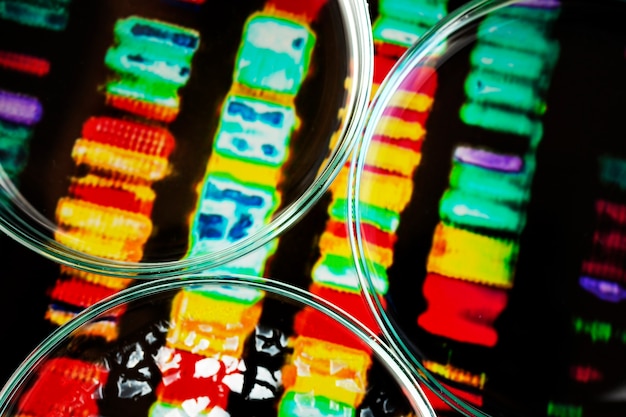
Internet platforms have become the primary engines driving awareness and adoption. On Instagram, TikTok, and Reddit, users post transformation timelines, symptom logs, and testimonials. Hashtags like #WeightLossJourney, #GLP1Results, and #WellnessHacks have millions of views.
Short-form videos showing weekly progress, energy boosts, or reduced joint pain after starting microdosing regimens go viral, often without medical disclaimers. These narratives resonate because they feel personal and relatable—far more than clinical trial data ever could.
Online forums and private Facebook groups offer peer support, dosage advice, and sourcing tips. While not all information is medically accurate, the sense of community fosters trust and encourages experimentation.
Beyond social media, telehealth companies have made it easier than ever to obtain these medications. With a few clicks, users can complete online consultations, receive prescriptions, and have drugs delivered to their doorstep—often without in-person evaluations.
Some platforms market directly to wellness seekers, emphasizing benefits like "mental clarity," "reduced cravings," and "inflammation control." While these claims are sometimes extrapolated from limited evidence, they align with the holistic health goals of many consumers.
This seamless digital pipeline—from discovery to delivery—has significantly lowered barriers to entry, turning what was once a tightly regulated treatment into a widely accessible wellness tool.
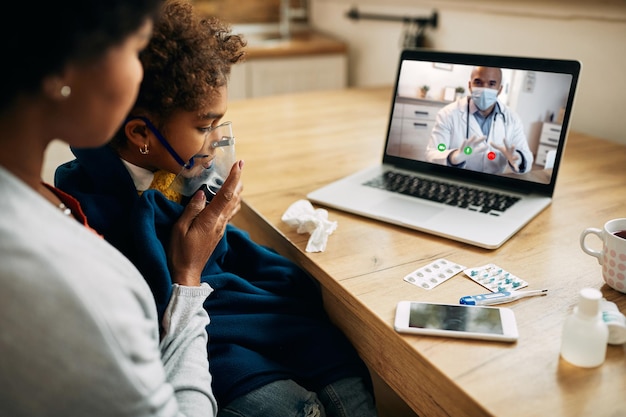
While weight loss remains the primary FDA-approved indication, early research and user reports suggest secondary benefits:
While promising, it's important to note that large-scale clinical trials specifically examining microdosing for these off-label uses are still limited. Most evidence remains anecdotal or preliminary.
The rapid adoption of microdosing raises several concerns. First, diverting medications from patients with severe obesity or diabetes could impact drug availability. Supply shortages have already been reported in some regions.
Second, long-term safety data for low-dose, off-label use is lacking. While side effects like nausea or gastrointestinal discomfort are usually mild, the impact of prolonged use in healthy individuals is unknown.
Additionally, the lack of regulation in online wellness spaces means misinformation can spread quickly. Without medical oversight, users may self-prescribe inappropriate dosages or overlook contraindications.
As interest grows, so does the need for balanced discourse. Responsible telehealth providers are beginning to incorporate more comprehensive screening, patient education, and follow-up protocols.
Meanwhile, researchers are exploring whether lower-dose formulations could be developed specifically for wellness applications, potentially separating this use from therapeutic needs.
The convergence of digital platforms, consumer demand, and pharmaceutical innovation suggests that microdosing is more than a fad—it’s a signal of how health decisions are increasingly shaped online.
Internet companies are not just passive observers in the microdosing movement—they are active catalysts. By democratizing information and access, they’ve helped transform weight-loss drugs into tools for holistic wellness.
However, with great accessibility comes great responsibility. As the trend evolves, it will be crucial to balance innovation with safety, personal choice with public health, and digital enthusiasm with medical rigor.
For now, the conversation around microdosing is just beginning—and it’s being written online, one post, one prescription, and one shared experience at a time.

Wellness

Wellness

Wellness

Wellness

Health

Health

Wellness
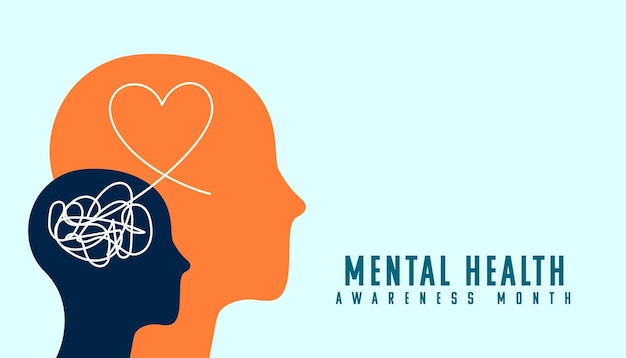
Health

Health
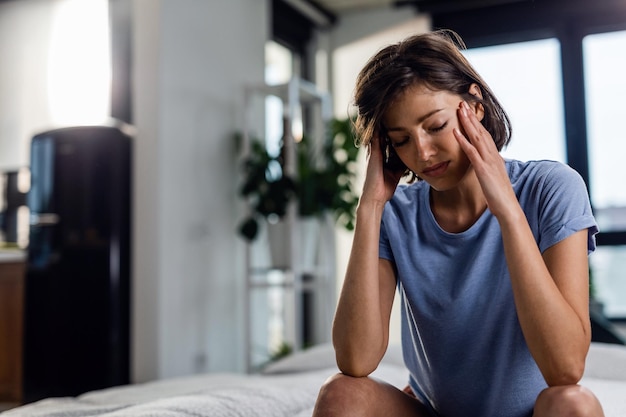
Health

Health
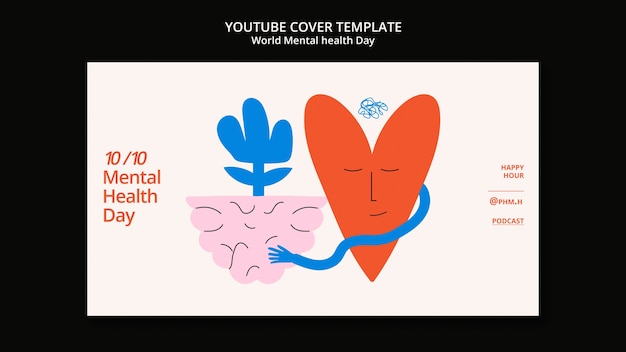
Health

Health

Fitness

Health

Health